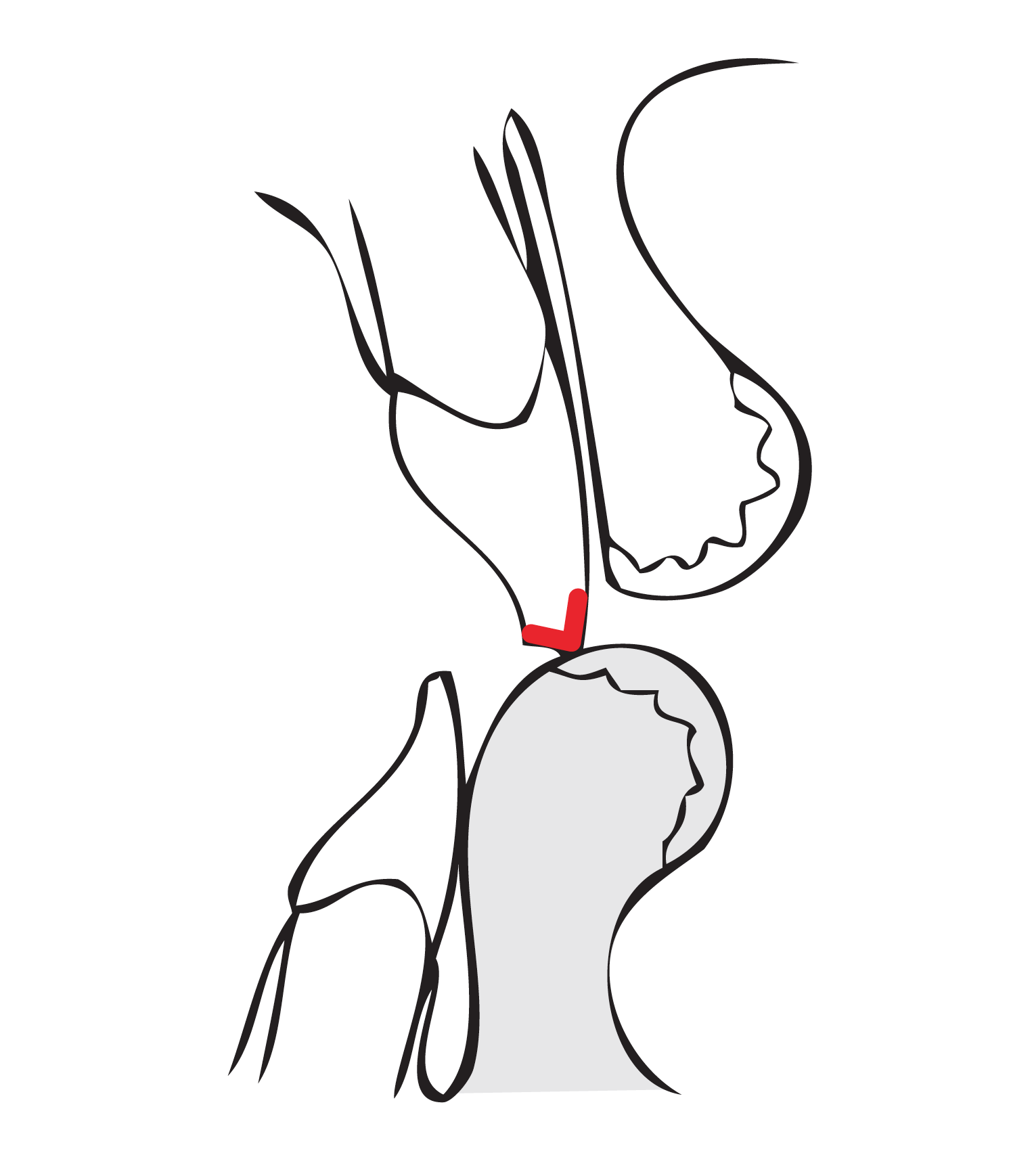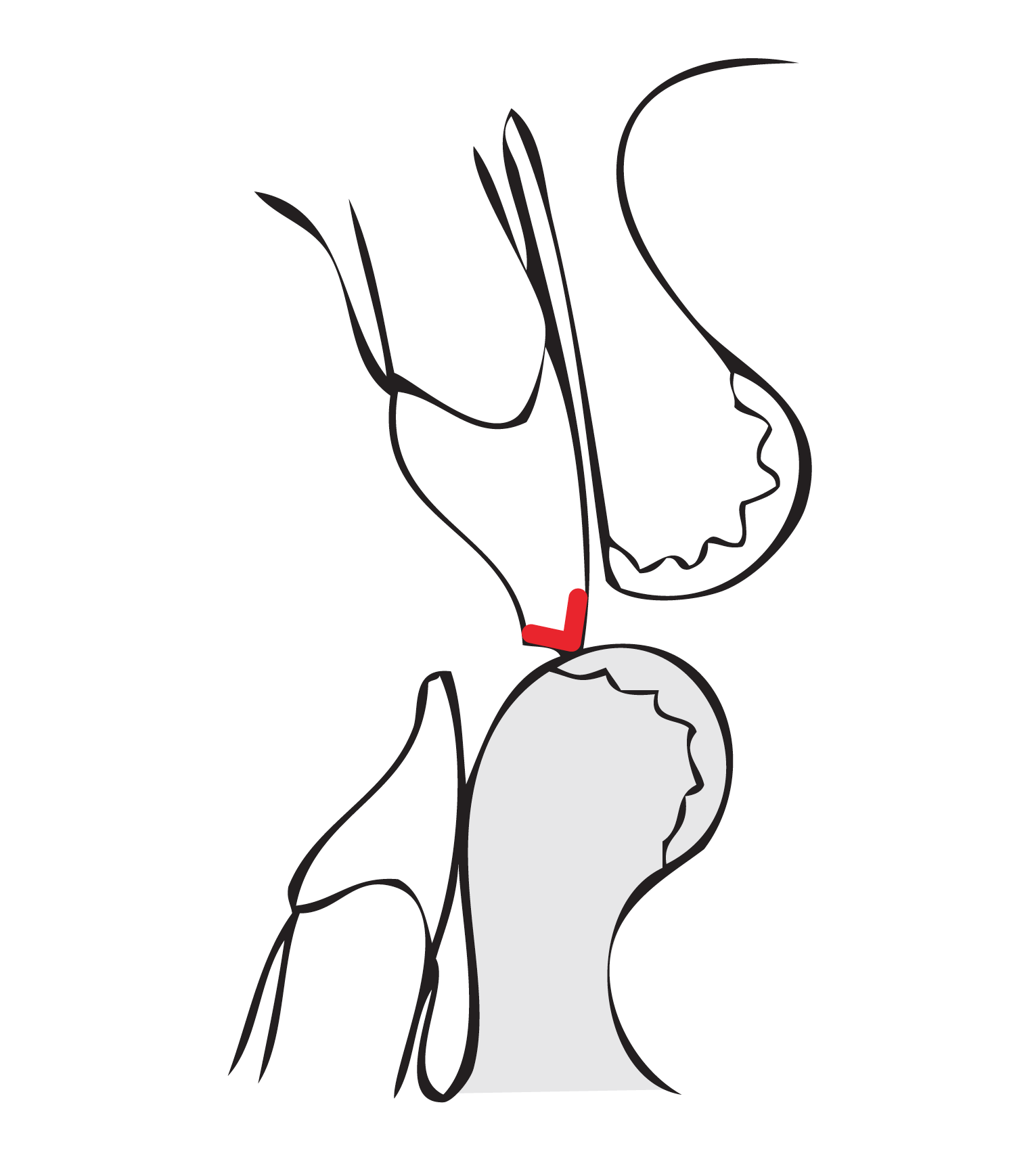
Evaluating the “F” and “V” position
We use the evaluation of the “F” and “V” position to determine the ideal position of the upper incisal edge. Listening to the patients say their “F’s” and “V’s” can determine if we have the vertical just right.
 Listen to the pronunciation
Listen to the pronunciation
The way I do it in my office is I usually have the patients count from 50 to 60. That gives a good feel for the patient. They can tell me whether or not they feel like they can make the “F” and “V” sounds appropriately. As the dentist, I can listen to how they’re making those “F” and “V” sounds to make sure it sounds correct.
Evaluate during the provisional phase
We do this to help dial in the ideal vertical and horizontal position of the incisal edge. Usually, this is done during the provisional phase if we’re doing restorations. We also do this during the wax rim phase when doing dentures. If a patient says that the front teeth feel a little too long, usually, it’s the incisal edge that needs to be brought back horizontally, not really shortened, but usually just brought lingually, tucked in lingually. This allows the lower lip to smoothly pass over the upper incisal edge without feeling like it’s in the way.
Evaluate the incisal edge to ensure stability in our Core Curriculum courses.





 Listen to the pronunciation
Listen to the pronunciation



Leave a Reply
Want to join the discussion?Feel free to contribute!